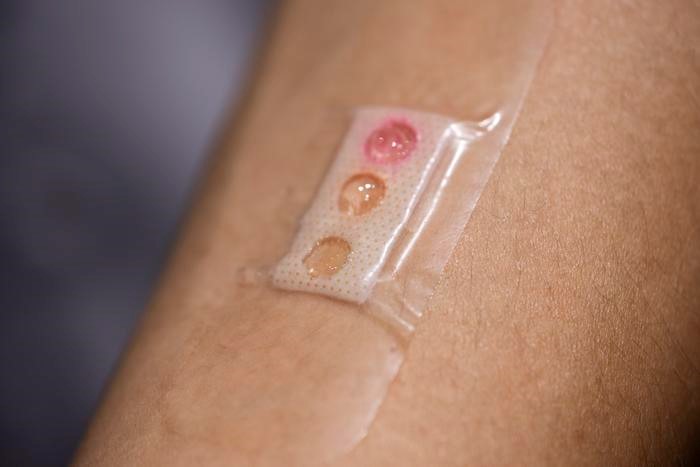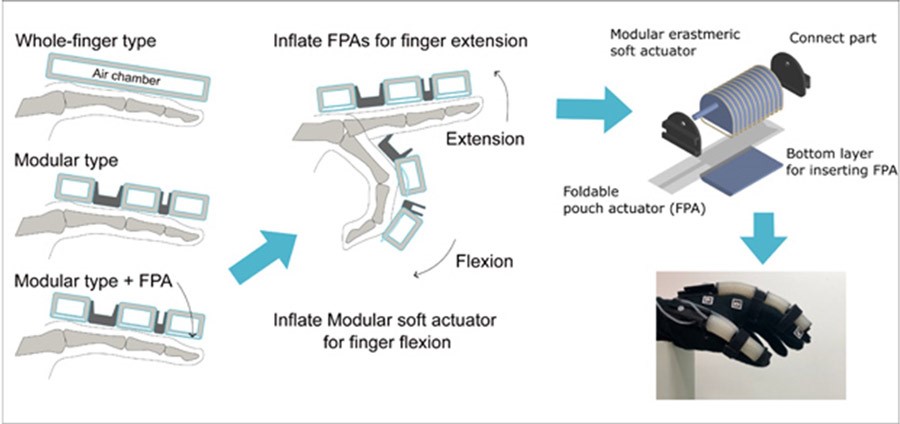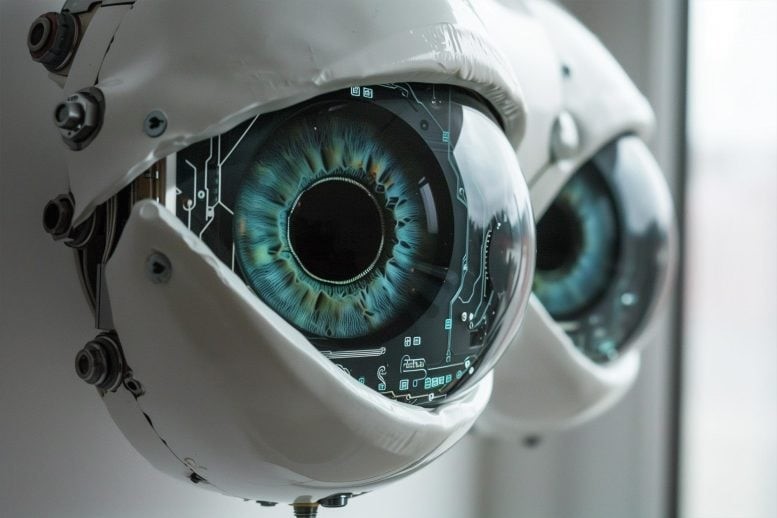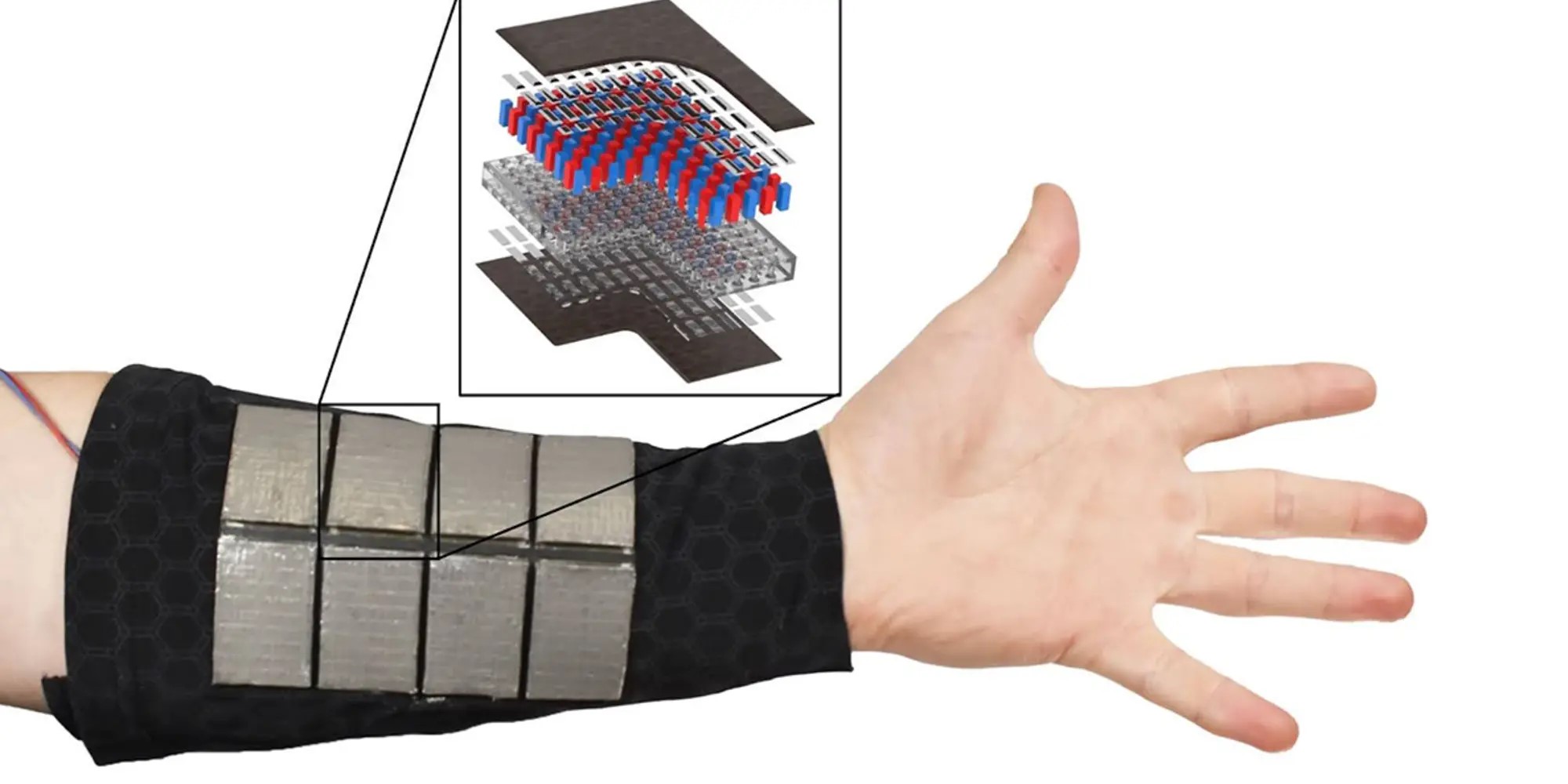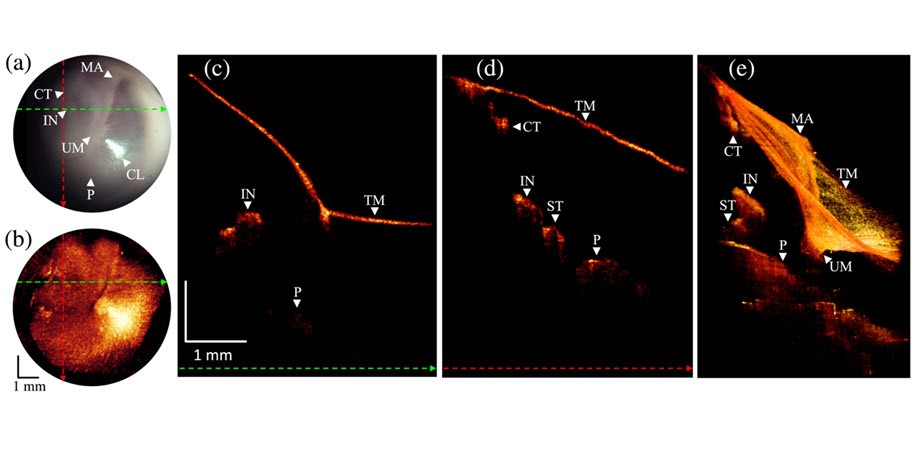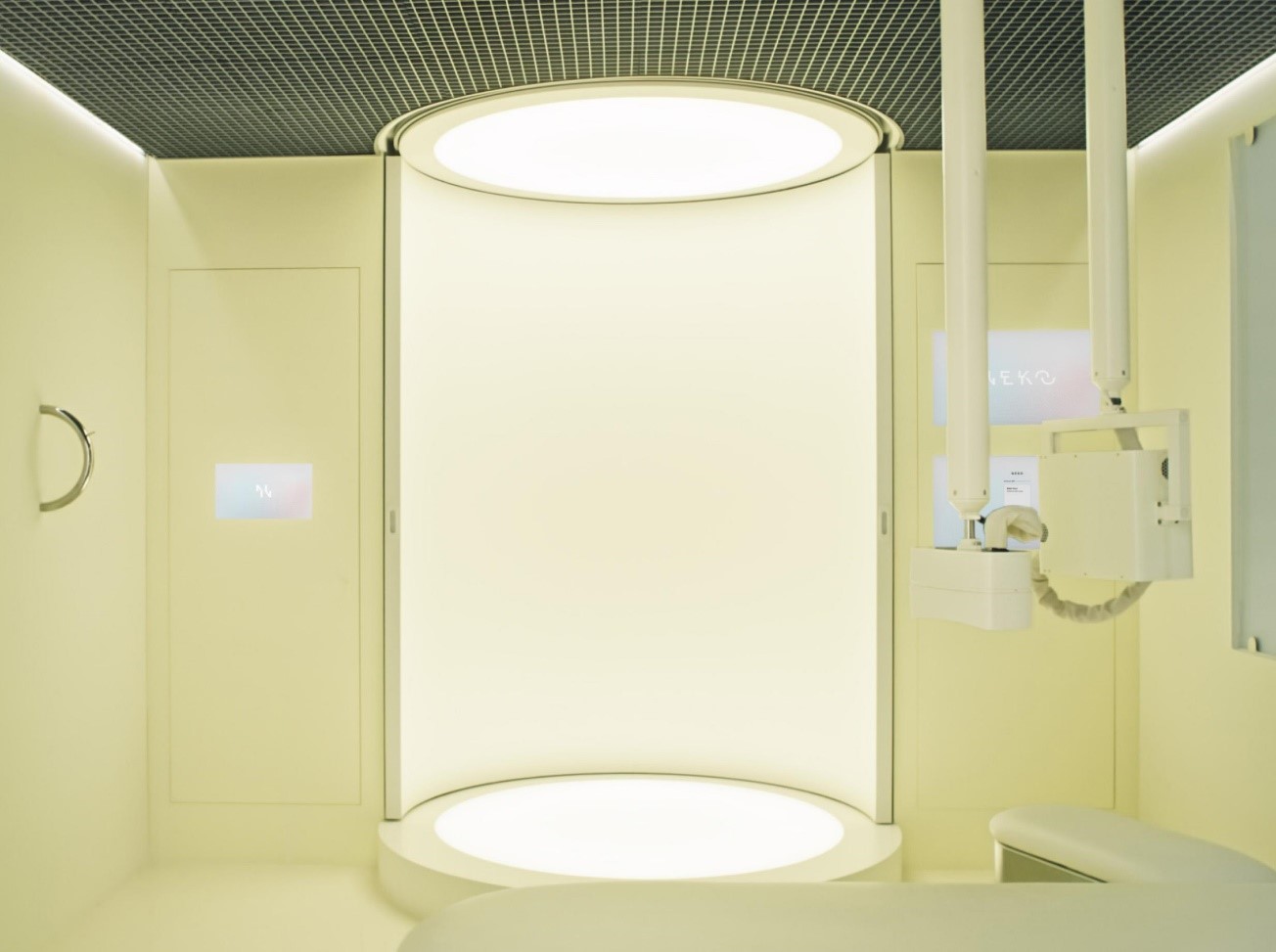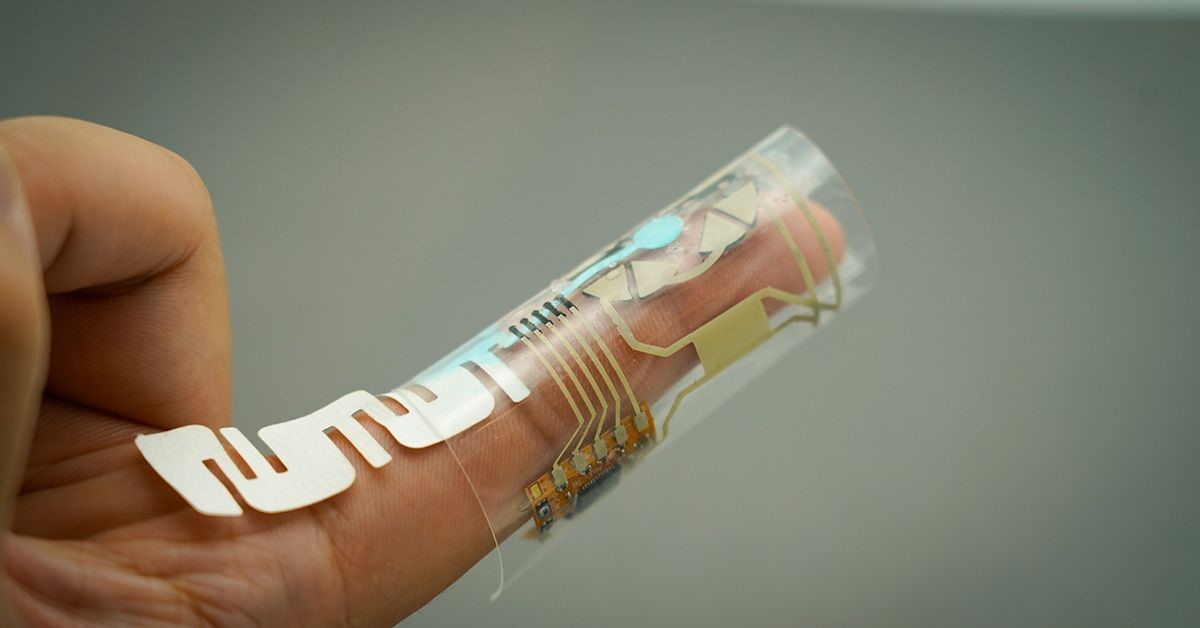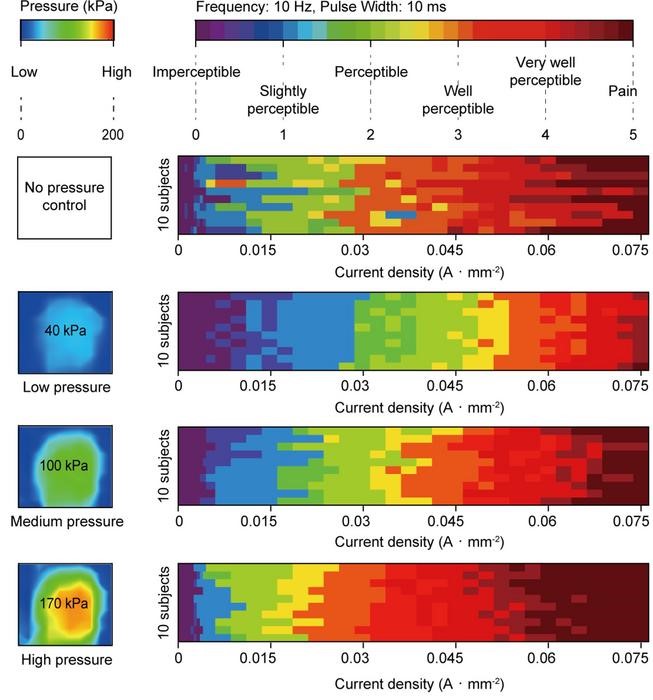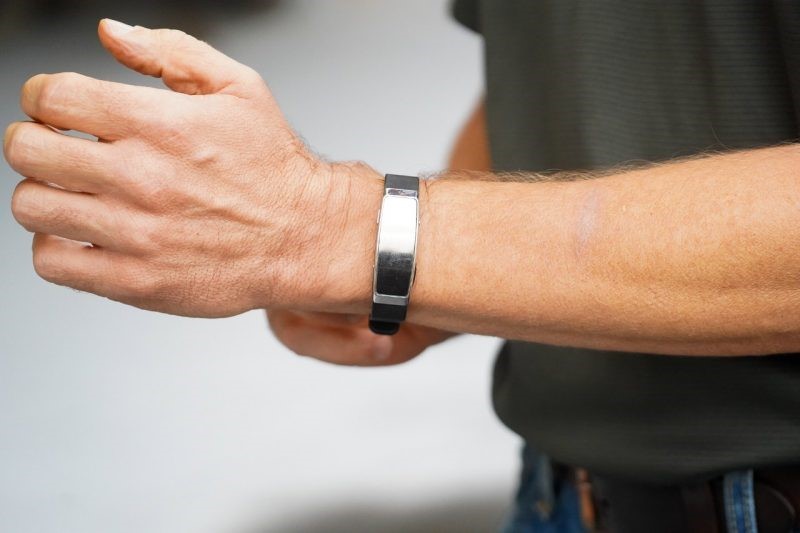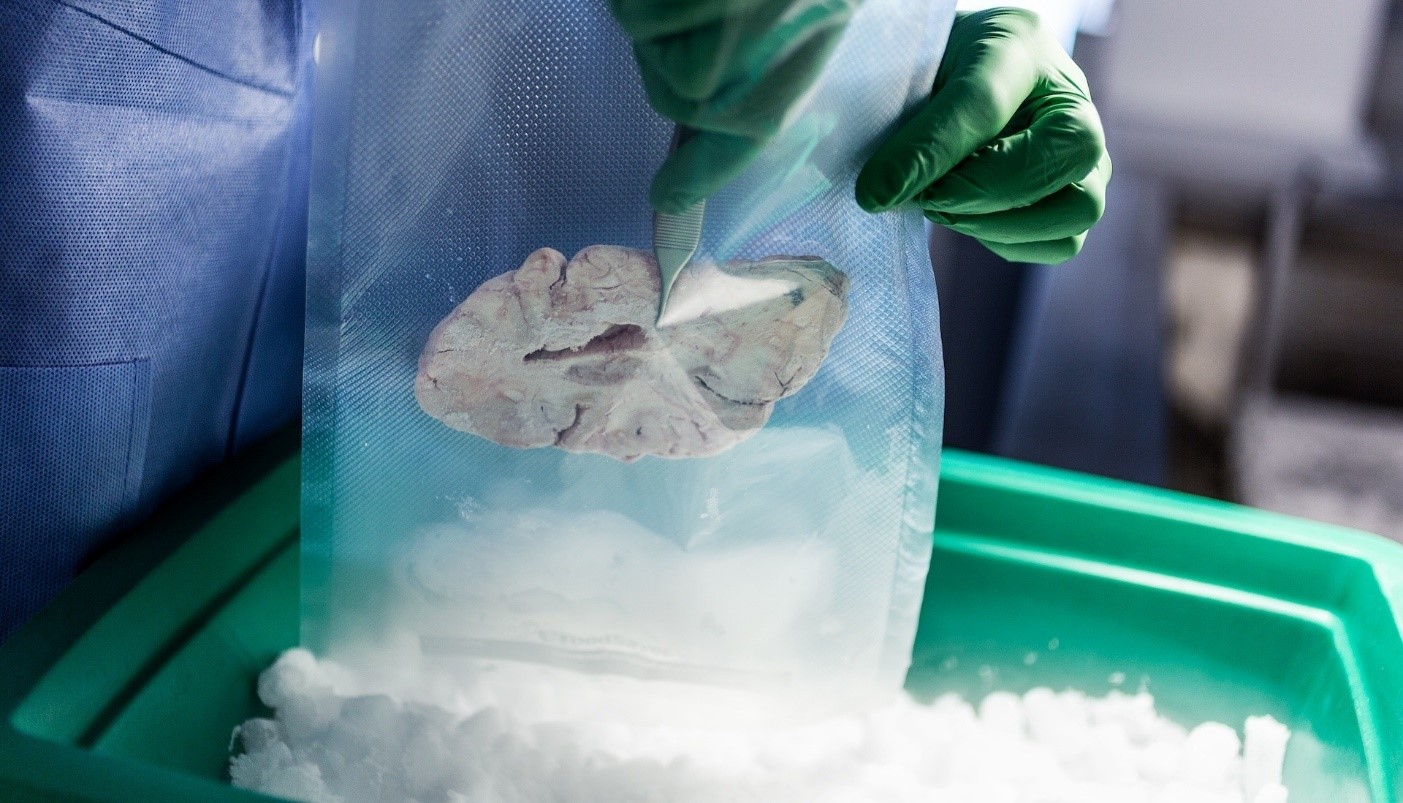Innovative 3D Model Replicates Human Hair Follicles for Advanced Drug Testing
Hair follicles are intricate structures that surround the hair root, anchoring it to the skin and providing the hair with its stability. The space between the skin and the follicle creates ideal conditions for microorganisms to proliferate unchecked, often resulting in chronic inflammation of the follicle. This inflammation is not only painful but, in cases such as acne inversa, can lead to secondary diseases like diabetes mellitus or even acute sepsis. In Germany alone, around 830,000 people currently suffer from this condition.

Figure 1. 3D Hair Follicles. (Credit: HIPS)
Figure 1 shows 3D culture of hair follicles with three hairs. [1] To develop new treatments for hair follicle inflammation, it is essential to have models that can accurately replicate the physiological conditions of the skin in the lab. A team led by Prof. Claus-Michael Lehr at HIPS, part of the Helmholtz Centre for Infection Research (HZI) in collaboration with Saarland University, has now created such a model. By transplanting living human hair follicles into a collagen matrix within a 3D-printed polymer scaffold, the researchers successfully replicated the natural environment of hair follicles. Samy Aliyazdi, the first author of the study, states, "The model has the advantage that we can test new drug candidates in the hair follicle microenvironment at an early stage of development without having to resort to animal testing." [2]
Previously, new drug candidates for hair follicle infections were tested in simpler models, such as free-floating human hair follicles in liquid culture. However, these models do not adequately represent the conditions in patients and are therefore not ideal for biological efficacy studies. With the new 3D model, researchers have demonstrated that nanoparticles penetrate and distribute better in hair follicles compared to free-floating hair follicle cultures. Thus, nanoparticles can deeply penetrate the hair follicles and serve as carriers for active ingredients. Lehr's team also showed that infections of hair follicles with the hospital pathogen Staphylococcus aureus could be significantly better treated if the antibiotic rifampicin was "packaged" in these nanoparticles.
The new 3D model of human hair follicles addresses several challenges associated with previous laboratory models. Aliyazdi notes, "Our model provides a more realistic replication of the human hair follicle microenvironment and can be cultured over the long term. But we have not yet reached the end of the road. We need to further optimize the mechanical properties of the polymer. We are also planning to include additional cell types, such as fibroblasts and immune cells, to make the model even more representative of the patient situation." A more complex model of this kind holds great promise for providing early insights into hair follicle viability, pathogen behavior, and ultimately the predictability of drug efficacy and safety. Lehr emphasizes, "Our research shows that mimicking the natural hair follicle environment is critical to assessing the efficacy of antibiotics. This model could significantly accelerate the development of new, targeted therapies while reducing the number of animal studies required."
Source: Helmholtz
References:
- https://www.technologynetworks.com/cell-science/news/3d-printed-hair-follicle-model-enhances-early-drug-testing-389209
- https://www.eurekalert.org/news-releases/1052828
Cite this article:
Hana M (2024), Innovative 3D Model Replicates Human Hair Follicles for Advanced Drug Testing, AnaTechMaz, pp. 276


